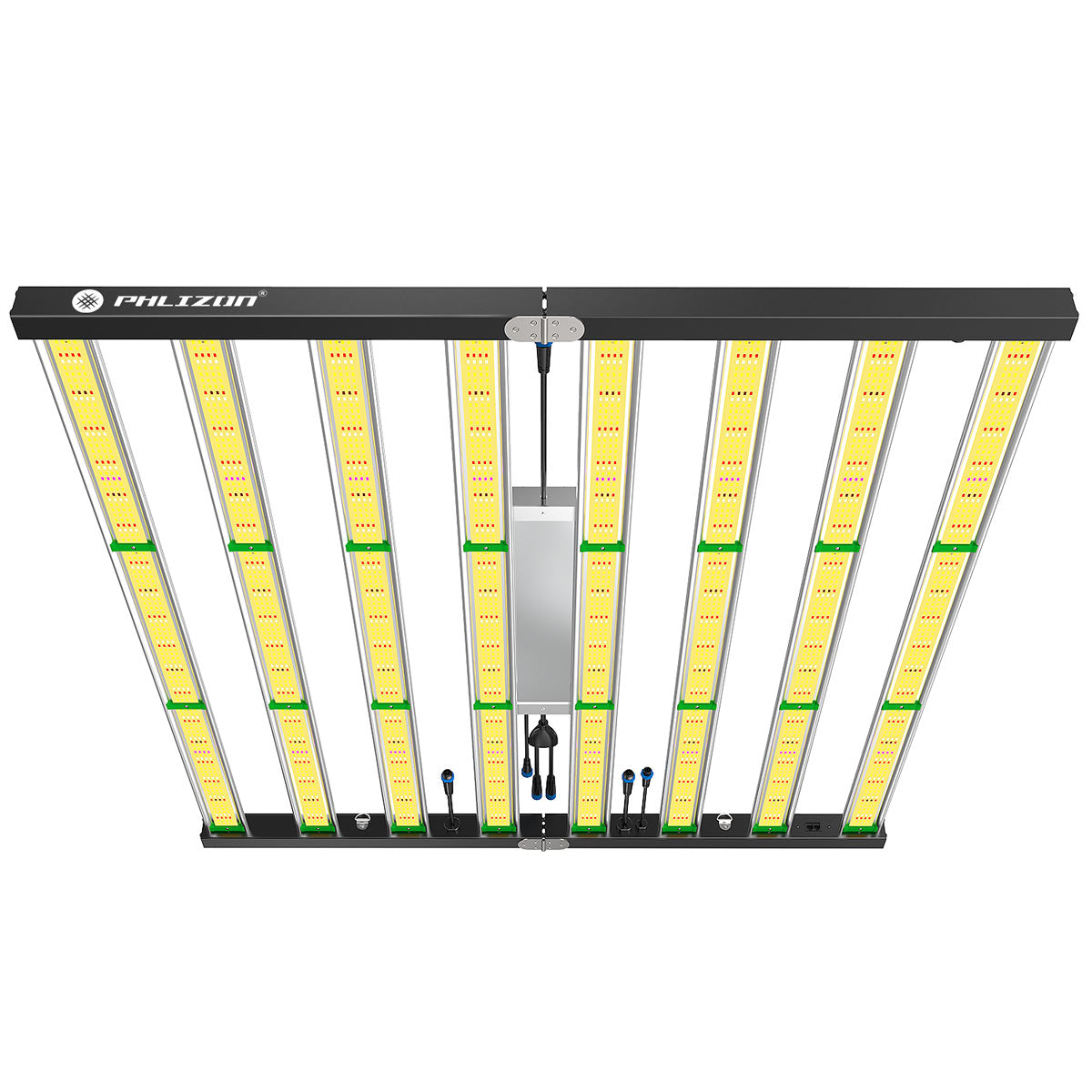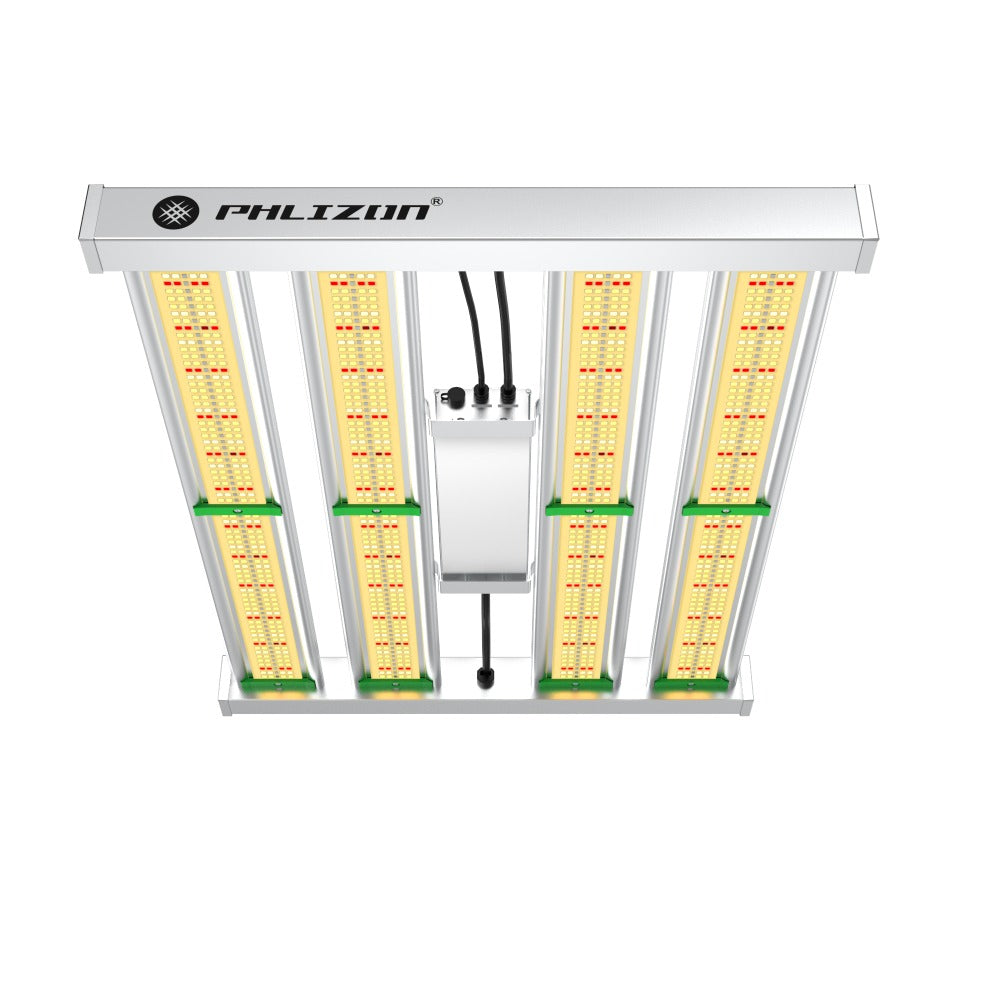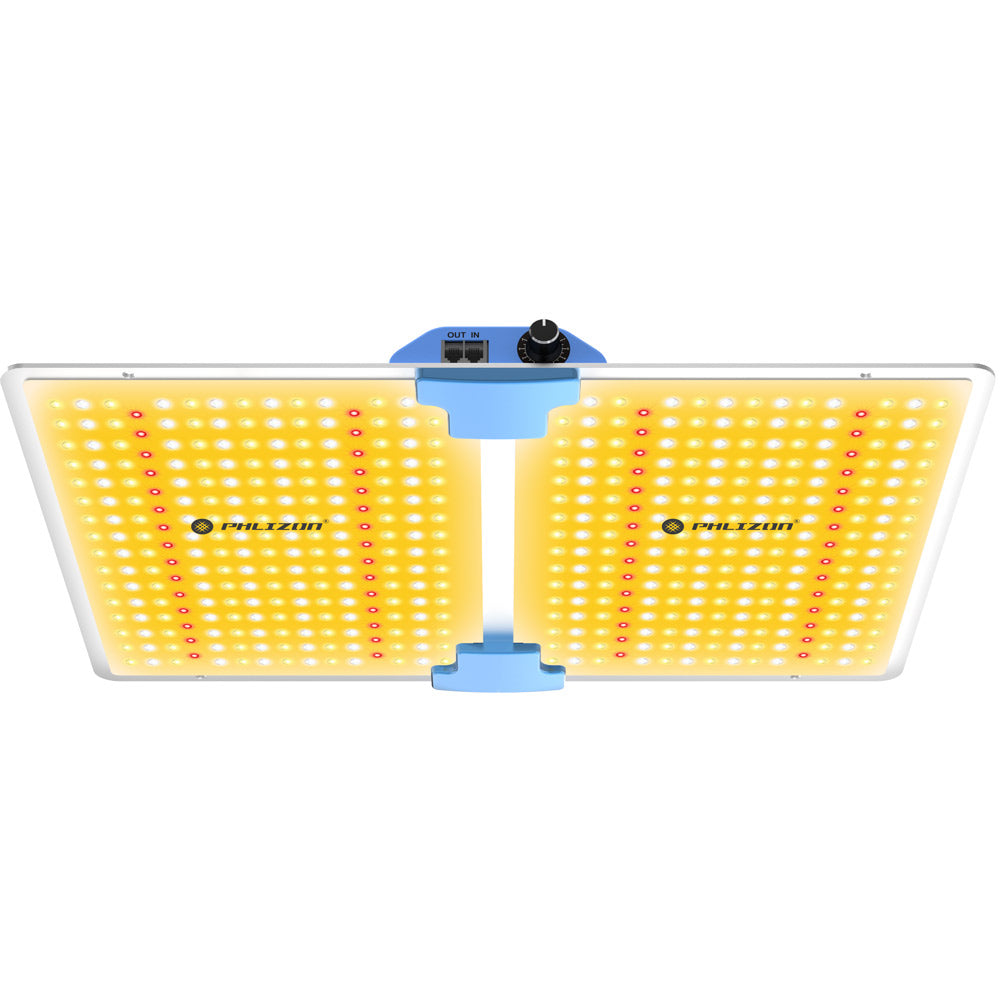Menu
Thriving Indoors: Nurturing Your Houseplants Through the Summer Heat
Summer brings longer days, abundant sunshine, and for many, a renewed sense of outdoor living. But what about our beloved indoor plants? While they might not feel the direct scorching sun, the changing conditions inside our homes during summer require a thoughtful adjustment to their care routine. From increased light intensity to fluctuating humidity and temperatures, understanding these shifts is key to ensuring your green companions don't just survive, but truly thrive.
Here’s your guide to optimal indoor plant care in summer:
1. Mastering the Light:
Summer light is often more intense and lasts longer. While many plants revel in this extra energy, it can also lead to stress or even sunburn for others.
- Assess Sun Exposure: South-facing windows can become scorching. Plants that were happy there in winter might need to be moved back a few feet, or have their light diffused with sheer curtains. East-facing windows offer gentle morning sun, while west-facing windows provide strong afternoon light.
- Watch for Scorch Marks: Yellowing, browning, or crispy spots on leaves can indicate too much direct sun.
- Rotate Regularly: To ensure even growth and prevent plants from leaning towards the light, rotate them every week or two.
- Optimize for Growth: For plants that love bright indirect light, summer is a prime growing season. Ensure they are getting adequate light without being blasted.
2. Watering Wisely: More Frequent, Still Cautious:
Higher temperatures mean more evaporation from both the soil and the plant's leaves (transpiration). This usually translates to needing more water, more often.
- Check Deeper: Don't just rely on the top inch of soil. Stick your finger 2-3 inches down. If it feels dry, it's time to water. For smaller pots, you can lift them – a light pot often means it's dry.
- Water Thoroughly: When you do water, soak the soil until water drains from the bottom. This encourages deep root growth. Discard any standing water in the saucer after 15-30 minutes.
- Adjust to Each Plant: Succulents and cacti still prefer to dry out completely between waterings, while ferns and calatheas may need consistently moist (but not soggy) soil.
- Morning vs. Evening: Watering in the morning allows plants to absorb water throughout the day as temperatures rise, preparing them for the heat.
3. Humidity Hacks:
Air conditioning, while making us comfortable, can drastically dry out indoor air, which can be detrimental to many houseplants, especially tropical varieties.
- Pebble Trays: Place a layer of pebbles in a saucer, add water just below the top of the pebbles, and set your potted plant on top. As the water evaporates, it creates a localized humid microclimate.
- Group Plants: Plants release moisture into the air through transpiration, so grouping them together can slightly increase the humidity around them.
- Humidifier: For serious humidity lovers, a small room humidifier can make a significant difference.
- Avoid Constant Misting: While aesthetically pleasing, misting often provides only temporary humidity and can sometimes promote fungal issues if leaves don't dry quickly. It's not a substitute for consistent humidity solutions.
4. Temperature Control & Airflow:
While you're keeping cool, ensure your plants aren't suffering from extreme temperature swings or direct drafts from AC vents.
- Avoid Direct Vents: Place plants away from direct blasts of cold air from air conditioning units, which can cause leaf drop and stress.
- Maintain Stability: Try to keep your indoor temperature relatively consistent. Most houseplants prefer temperatures between 65-80°F (18-27°C).
- Good Air Circulation: Gentle air movement is beneficial, helping to prevent stagnant air and reduce the risk of fungal diseases. A small fan providing indirect air movement can be helpful.
5. Nutrition Needs:
Summer is typically a period of active growth for most houseplants. This means they're using more energy and nutrients.
- Fertilize Regularly (but Wisely): During the growing season, fertilize your plants according to their specific needs, usually every 2-4 weeks. Use a balanced liquid fertilizer diluted to half or quarter strength to avoid over-fertilization, which can burn roots.
- Don't Fertilize Stressed Plants: If a plant looks unwell or is not actively growing, hold off on fertilizer until it recovers.
6. Pest Patrol:
Warmer temperatures and increased indoor-outdoor transitions can sometimes lead to more pest activity.
- Regular Inspection: Make it a habit to check the top and undersides of leaves, and stems, for any signs of pests (sticky residue, tiny webs, or the pests themselves).
- Quarantine New Plants: Always isolate new plant additions for a few weeks before introducing them to your existing collection.
- Act Quickly: If you spot pests, treat them promptly with insecticidal soap, neem oil, or other appropriate remedies.
7. Vacation Prep (The Summer Challenge):
Planning a summer getaway? Don't let your plants suffer while you're gone.
- Short Trips (under a week): Water thoroughly before you leave. Group plants together in a cooler, indirectly lit spot to reduce evaporation.
- Longer Trips (1-2 weeks): Consider self-watering globes, wicking systems, or setting plants on pebble trays. Move them away from direct windows.
- Extended Absences: Enlist a trusted plant-sitter! Provide clear instructions on watering and light.
By understanding and adapting to the unique demands of summer, you can ensure your indoor green companions not only survive but truly thrive, adding vibrant life and beauty to your home throughout the warmest months. Happy growing!
Featured blog
- Choosing a selection results in a full page refresh.

















